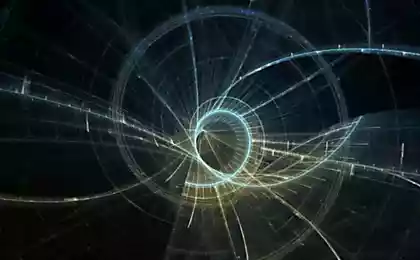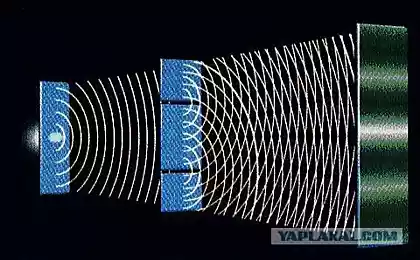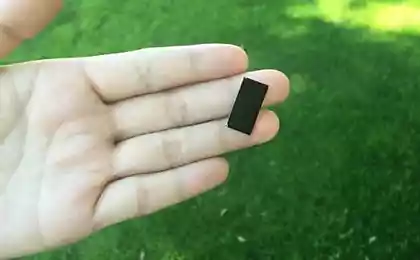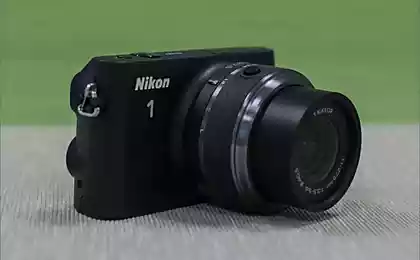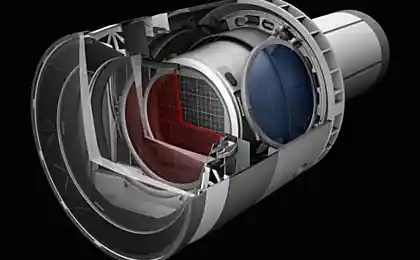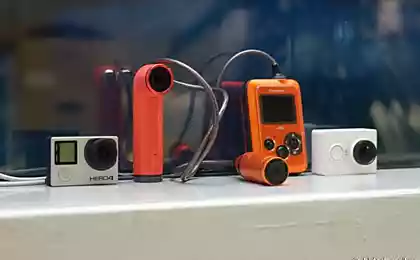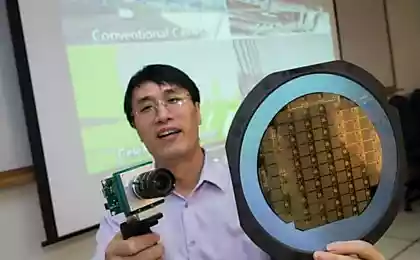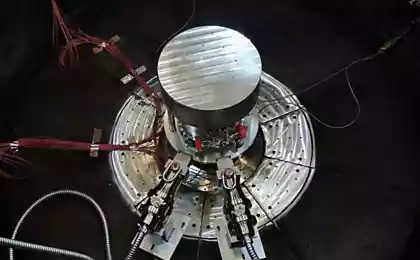718
Electronic Camera withdrew the motion of atoms in real time
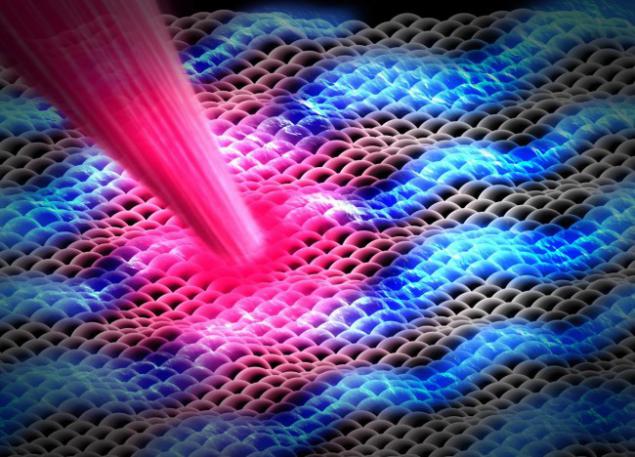
Physicists at the SLAC National Accelerator Laboratory at Stanford University conducted a unique experiment. They were able to record the movement of individual atoms in a monolayer of molybdenum disulfide MoS 2 sub> thick three atoms abbr>. To shoot use the so-called "electron-camera," which measured the effect of ultrafast electron diffraction (ultrafast electron diffraction, UED).
This is the first experiment with the use of UED-camera. So watch the animation with moving atoms for a trillionth of a second a little unusual.
The study monolayers is particularly interesting because it is very unusual material. Film thickness of one molecule often exhibit unexpected physical properties. For example, extreme mechanical strength and superconductivity. The same molybdenum disulfide is widely used as a banal lubricant (grease), but shows interesting properties when it stretch into a monolayer. In the usual form the grease is an insulator, but monolayer MoS 2 sub> fine conductive.
It is still unknown significantly, why it happens. A new scientific tool will explore this topic.
The illustration shows the calculation model of the monolayer MoS 2 sub>, which conducted an experiment in National Accelerator Laboratory SLAC: its ideal structure (a), the structure at 27ºC (b) structure and at 620ºC.
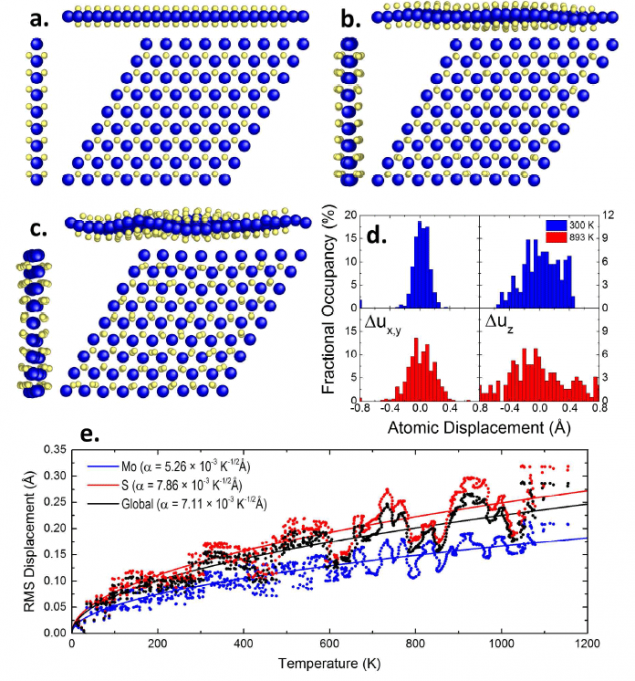
Below - visualization of real data received when exposed monolayer of ultrashort laser pulses.
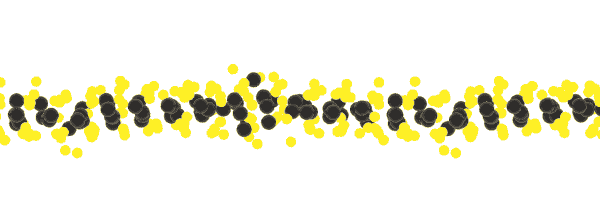
During trillionth of a second impulse to create a "dent" the depth of more than 15% of the thickness of the material.
How does the camera
The principle is based electron diffraction that the electron wavelength depends on its energy. The energy changes when the electron passes through another material. In our case - through the monolayer MoS 2 sub>.
Thus, we use the ultrashort pulse of high energy electrons (blue wave in the illustration) to "scan" the state of a monolayer of atoms (blue and yellow balloons), previously sent by WHO * Oujda laser pulse (red tide).
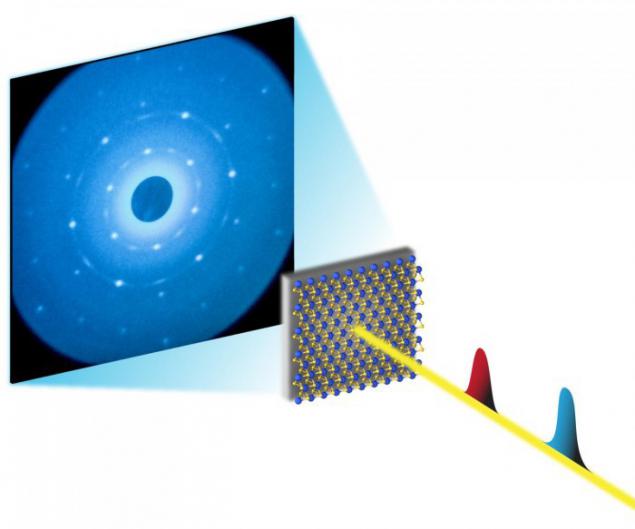
The detector determines the state of the electrons received from the "grating" monolayer. According to these data, you can create a picture with the arrangement of the atoms. The equipment allows you to track the motion of atoms in real time.
According to experts, the new method of video footage of the atoms in the material, together with the associated information from the linear accelerator (Linac Coherent Light Source, LCLS), «creates unprecedented opportunities for ultra-precise research in various scientific disciplines, from chemistry to materials science and biotechnology."
It is also an important step to design devices of the material thickness of one molecule. They can be used in electronics, chemicals (as catalysts), energy (monolayers very efficiently convert light energy). Generally, a strong sensitivity to light monolayers suggests the idea of managing their physical properties using pulses of light. But for this you must first understand the exact nature of the structural transformations that occur in monolayers.
Having carefully studied the properties of monolayers of different materials, scientists will begin to mix them, to make composite materials with completely new optical, mechanical, electronic and chemical properties.
Scientific work with the description of the experiment published in the journal Nano Letters i> August 31, 2015 Year (EM Mannebach et al., Nano Letters, 31 August 2015. DOI: 10.1021 / acs.nanolett.5b02805).
Source: geektimes.ru/post/262352/
The scientists are different from ordinary people, but the intellect
NASA TV channel will broadcast in 4K


